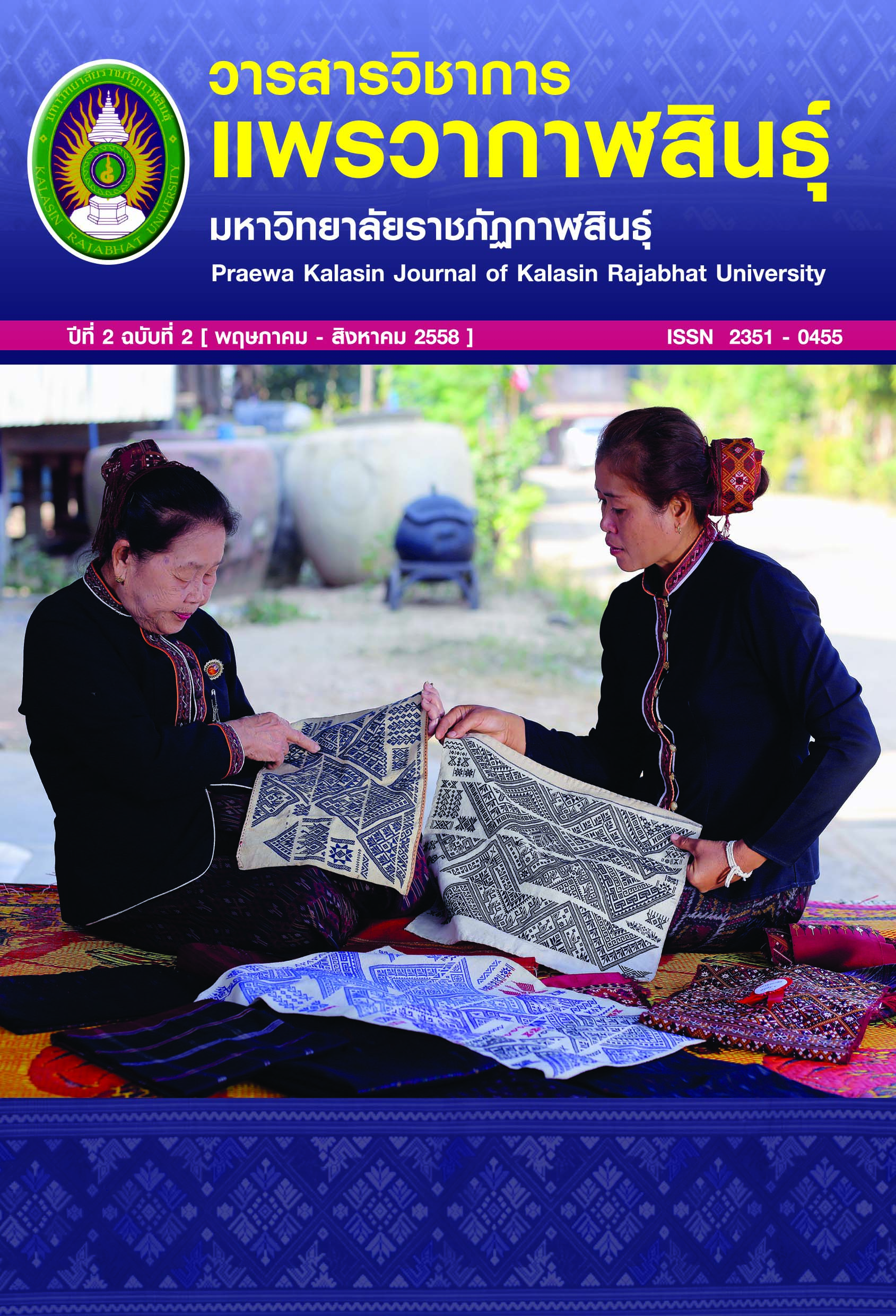Fingerprints and Personal Identification
Main Article Content
Abstract
ลายนิ้วมือเป็นพยานหลักฐานที่สำคัญมากอีกอย่างหนึ่งของงานด้าน นิติวิทยาศาสตร์ เนื่องจากลายนิ้วมือของแต่ละบุคคลจะไม่ซ้ำกันและไม่เปลี่ยนแปลง ตั้งแต่เกิดจนเสียชีวิต การตรวจพิสูจน์ลายนิ้วมือนั้นจะตรวจพิสูจน์โดยผู้ชำนาญ ซึ่งจะตรวจพิสูจน์ลายนิ้วมือจากสถานที่เกิดเหตุกับแผ่นลายพิมพ์นิ้วมือ 10 นิ้ว ตามรูปแบบต่างๆ ของผู้ต้องสงสัยด้วยกล้องขยาย 4-6 เท่า อีกอย่างหนึ่งคือ การตรวจพิสูจน์ลายนิ้วมือแฝงด้วยเครื่องตรวจพิสูจน์ลายนิ้วมืออัตโนมัติ (AFIS) ในกรณีที่ไม่มีผู้ต้องสงสัย การตรวจพิสูจน์เอกลักษณ์บุคคลจะต้องดูจากจุดลักษณะ สำคัญพิเศษของจุดตำหนิ (Special Characteristic Minutia) ของลายเส้นที่มีจุด ลักษณะเป็นเส้นแตก เส้นแขนงเส้นสั้นๆ เส้นทะเลสาบ การสิ้นสุดของเส้น และจุด ซึ่งพิเศษเหล่านี้จะปรากฏบนลายนิ้วมือ ฝ่ามือ และฝ่าเท้า แล้วทำการตรวจพิสูจน์ เปรียบเทียบลายเส้นของจุดลักษณะสำคัญพิเศษตั้งแต่ 10 จุดขึ้นไปจึงยืนยันว่าเป็น บุคคลเดียวกัน
A finger-print can be considered a witness. In presenting court testimony fingerprints are often compared by forensic scientists to identify a person during an investigation. Fingerprints cannot be changed and remain the same from birth to death. Fingerprints are often evaluated by experts at a crime scene by using unique powders that adhere to the nearly invisible prints. Microscopic enlargement is used to inspect every detail of the print. In cases where investigators of a criminal act have no suspect in custody, special techniques are used to identify special characteristic minutia such as appearance of a branch line pattern, sort lien and lake line. The line and dot technique can be used by an experts while collecting minutia appearing on the finger-print palm (of hand), or on the sole of the foot. Ten special characteristics are identified and can confirm that the prints belong to a particular person.
Article Details
Section
Articles (บทความ)

